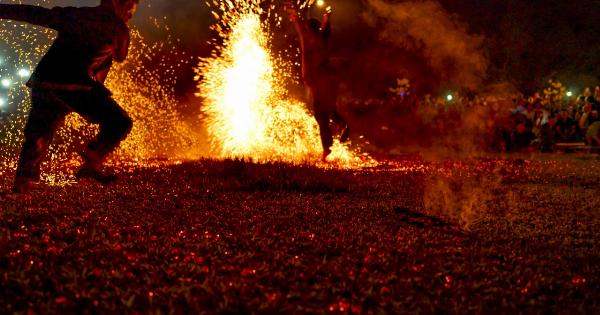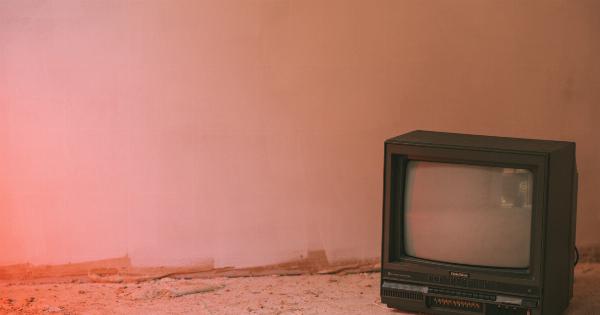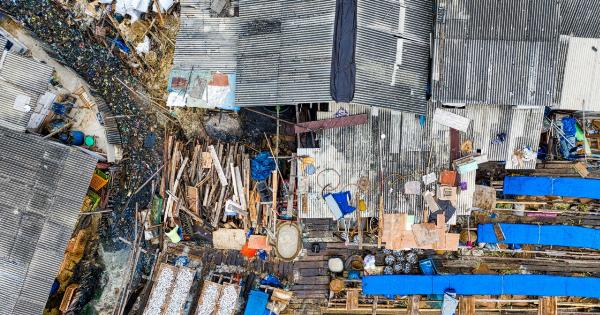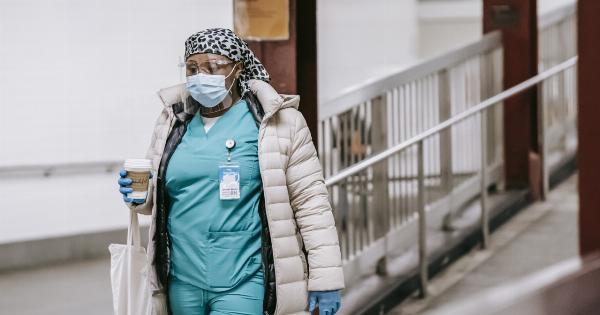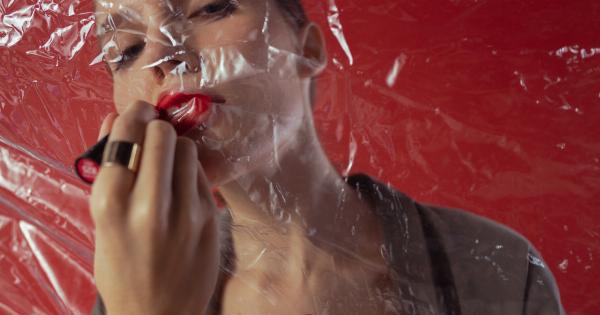Rhinoplasty, commonly known as a nose job, is a cosmetic procedure that reshapes and restructures the nose to either enhance its appearance or improve its function.
It’s a surgical procedure that requires extensive knowledge and skill from a qualified plastic surgeon.
If you’re considering rhinoplasty, it’s important to be well-informed about the procedure, its benefits and risks, and what to expect during the recovery process.
This guide will provide you with all the necessary information you need to know before deciding to undergo the surgery.
What is Rhinoplasty?
Rhinoplasty is a surgical procedure that improves the shape, size, and structure of the nose. It’s a highly customizable procedure that can be tailored to your specific needs and goals.
The procedure is performed either under general anesthesia or local anesthesia with sedation.
The surgery can be performed through two approaches: the open or closed approach. The open approach involves making a small incision on the columella, the thin strip of tissue that separates the nostrils.
The closed approach, on the other hand, involves making incisions inside the nostrils, which makes it less visible.
Reasons for Rhinoplasty
The primary reasons why people undergo rhinoplasty include:.
- To improve the appearance of the nose
- To correct an asymmetrical nose
- To modify the shape and size of the nose
- To improve breathing difficulties caused by a deviated septum or other nasal obstruction
Preparation for Rhinoplasty
Before undergoing rhinoplasty, your plastic surgeon will provide instructions to ensure that you’re well-prepared for the procedure. These preparations may include:.
- Stop smoking several weeks before and after surgery to minimize the risk of complications and promote better healing.
- Avoid taking blood-thinning medications and supplements such as aspirin and Vitamin E to reduce the risk of bleeding during and after the surgery.
- Arrange for someone to drive you home and stay with you for the first 24 hours after the surgery.
- Stock up on soft foods, ice packs, and other items that will help facilitate the recovery process.
- Prepare a comfortable recovery area with pillows and blankets to position your head and keep you comfortable.
The Procedure
The rhinoplasty procedure typically involves the following steps:.
- Administering anesthesia: Depending on the extent of the procedure, the surgeon will either use general anesthesia or local anesthesia with sedation.
- Incisions: Once the anesthesia has taken effect, the surgeon will make incisions inside the nostrils or on the columella (open approach)
- Repositioning cartilage and bone: The surgeon will then access the underlying support structure of the nose and reshape it to achieve the desired contour and shape.
- Closing the incisions: After completing the shaping process, the surgeon will close the incisions and apply a splint to the nose to provide support as it heals.
Recovery Process
The rhinoplasty recovery period can last anywhere from one to two weeks depending on the extent of the procedure. During the recovery process, the patient can expect:.
- Swelling and bruising around the nose and eyes for several days following the surgery. This can be alleviated by ice packs and prescribed medications.
- A splint placed on the nose to provide support, and it will be removed after about a week.
- Keeping the head elevated to promote proper healing and reduce swelling.
- Avoiding any strenuous activities for several weeks to give the nose enough time to heal properly.
- During the first month after surgery, patients should avoid wearing glasses or anything that would put pressure on the nose, as this can cause damage
Risks and Complications
As with any surgery, rhinoplasty comes with the risk of certain complications, including:.
- Bleeding
- Infection
- Delayed healing
- Unexpected scarring
- Difficulty breathing
- Persistent bruising or swelling
- Temporary or permanent numbness in the nose or surrounding facial areas
Cost of Rhinoplasty
The cost of rhinoplasty varies depending on several factors such as the extent of the procedure, your location, and the surgeon’s skills and experience. However, on average, the cost can range from $5,000 to $10,000.
Choosing the Right Surgeon
Choosing the right plastic surgeon for your rhinoplasty is crucial to ensure the best results. Consider the surgeon’s credentials, experience, patient reviews, and before-and-after photos of previous procedures.
It’s also recommended to schedule a consultation with the surgeon to discuss your concerns and expectations.
Conclusion
Rhinoplasty is a surgical procedure that can enhance the appearance of your nose or improve its function. It’s important to be well-prepared and informed about the procedure, its costs, benefits, risks, and recovery process.
Ultimately, by choosing an experienced, knowledgeable, and reputable plastic surgeon, you can achieve the best results and a nose that is both natural-looking and functional.




